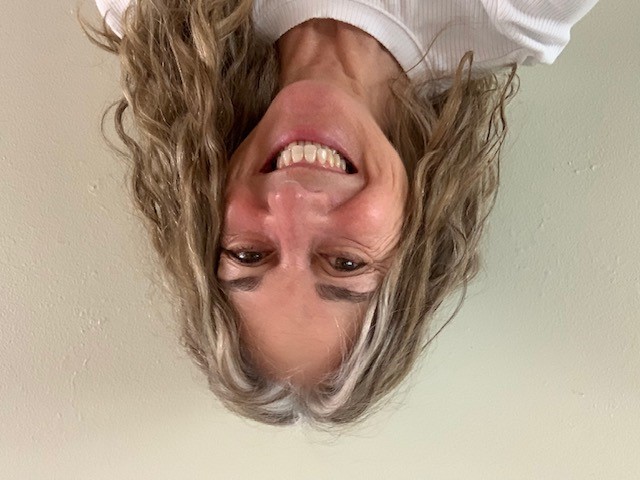Cited By
View all- Samudro BSusilo MArmadito MHandayani PFitriani H(2024)Users’ Satisfaction Regarding Continuance Intention of Subscription Video-on-Demand Platforms for Watching Football Matches: A Stimulus-Organism-Response PerspectiveSage Open10.1177/2158244024128968514:4Online publication date: 15-Nov-2024
- Seraj MVerano Merino MRahimi EOchoa Venegas LHermans FBohrer R(2024)Programming Smart Objects: How Young Learners’ Programming Skills, Attitudes, and Perception Are InfluencedProceedings of the 2024 ACM SIGPLAN International Symposium on SPLASH-E10.1145/3689493.3689982(45-55)Online publication date: 17-Oct-2024
- Del Valle AToka MJacobs J(2024)Engaging Young People in the Expressive Opportunities of Digital Fabrication Through Craft-Oriented CAM-Based DesignProceedings of the 2024 ACM Designing Interactive Systems Conference10.1145/3643834.3660693(1162-1176)Online publication date: 1-Jul-2024
- Show More Cited By



